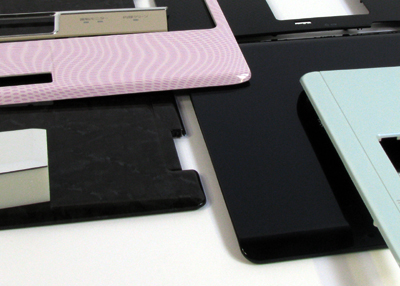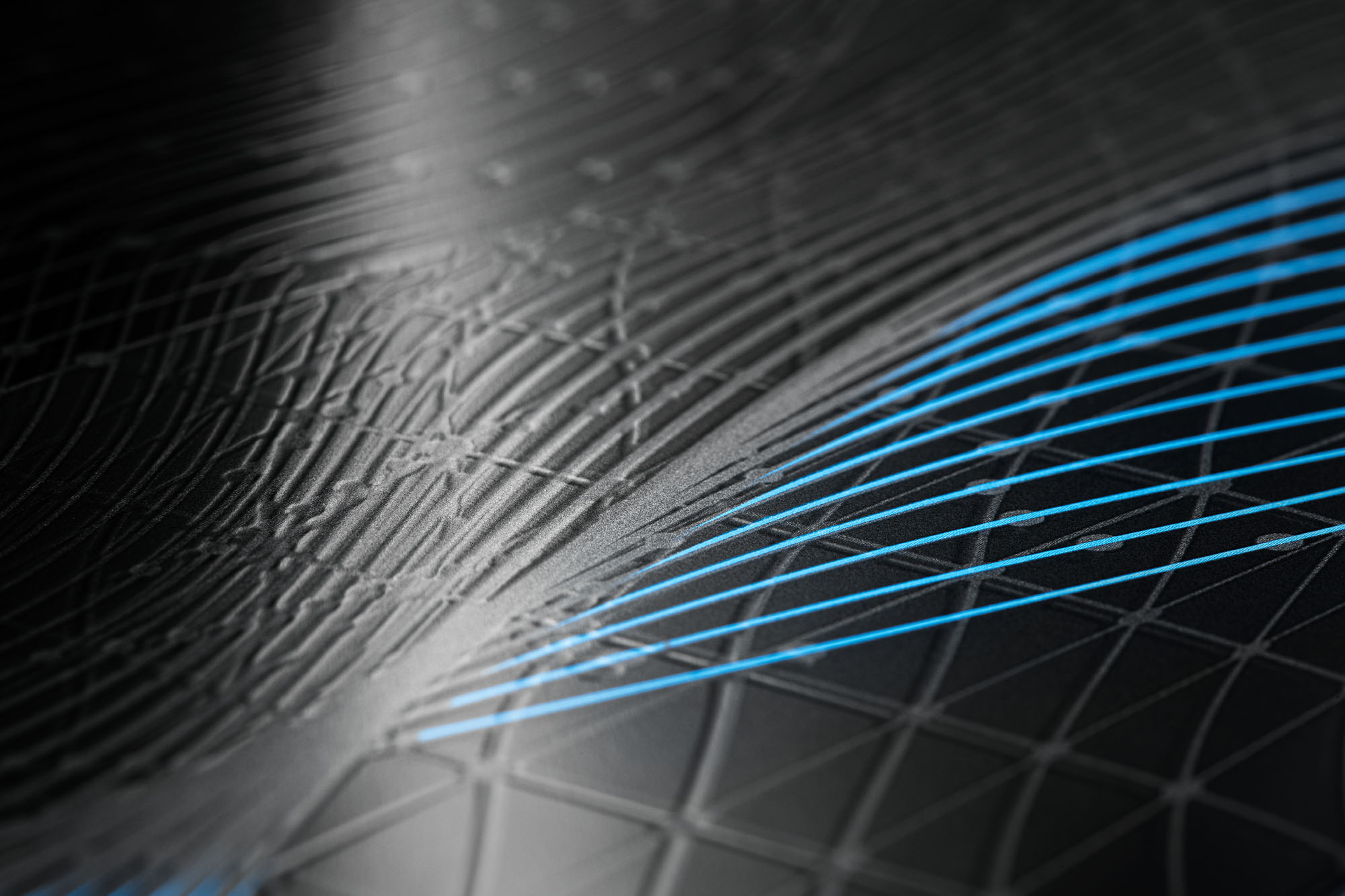In-Mold Decorations in Modern Manufacturing: A Comprehensive Guide
Wiki Article
In-Mold Decorations: Elevating Products With Precision and Appearances
In the world of product layout, the marital relationship of precision and appearance holds an extremely important setting in capturing consumer focus and commitment. In-Mold Decorations (IMD) have actually emerged as a sophisticated strategy that not just boosts the visual appeal of items but additionally guarantees a meticulous combination of layout components.Advantages of In-Mold Decorations
Using in-mold decorations offers suppliers a cost-effective approach to flawlessly integrate elaborate layouts onto plastic surfaces throughout the manufacturing process. This cutting-edge strategy involves positioning a pre-printed film or tag right into the mold before infusing the molten plastic, resulting in an irreversible fusion of the decoration with the item. The advantages of in-mold designs are manifold, beginning with the capability to achieve high-resolution graphics and in-depth designs that boost the aesthetic appeal of the end product. In addition, this procedure removes the need for secondary operations such as paint or post-decoration, simplifying the production procedure and reducing manufacturing time and costs.In enhancement to boosting aesthetic appeals, in-mold designs also boost the toughness and long life of the layout as it ends up being an indispensable part of the item, as opposed to a surface layer that can subside with time. In addition, the smooth combination of decorations via in-mold methods makes certain a consistent and consistent appearance throughout all produced products, preserving brand uniformity and top quality criteria. In general, the benefits of in-mold decors make it a recommended selection for manufacturers looking to boost their products with accuracy and aesthetic allure
Accuracy in Style Assimilation
Attaining meticulous layout assimilation through in-mold decorations needs a keen concentrate on precision and attention to information from the initial phases of the manufacturing procedure. The success of in-mold decorations pivots on the smooth integration of the layout with the item, creating a aesthetically attractive and unified outcome. Accuracy in design integration entails aspects such as making sure the exact placement of the decor within the mold, picking the best products to achieve the preferred visual, and keeping consistency throughout the production procedure.One key facet of precision in design assimilation is the positioning of the design with the item's functions and contours. Additionally, interest to information is critical in maintaining the high quality and uniformity of the designs across multiple manufacturing runs, making certain that each item fulfills the greatest criteria of precision and visual charm.
Appearances and Aesthetic Effect
With a concentrate on improving the total appeal of items, the appearances and visual influence of in-mold designs play a crucial duty in fascinating consumer attention. In today's competitive market, where customers are inundated with selections, the visual appeal of a product can be the differentiating factor that influences investing in choices. In-mold decorations use an one-of-a-kind opportunity to elevate the visual appeals of items by giving detailed their explanation styles, dynamic shades, and seamless finishes that standard designing methods might battle to accomplish.The visual impact of in-mold decorations expands past simple looks; it interacts brand identification, high quality, and attention to detail. By incorporating aesthetically attractive components right into product style, suppliers can produce a solid brand visibility that resonates with customers on a subconscious degree. Furthermore, the accuracy and uniformity used by in-mold decor strategies guarantee that every item satisfies the highest possible standards of aesthetic allure, strengthening brand reputation and customer trust.
Cost-Effectiveness of IMD

IMD reduces the demand for secondary procedures like paint or labeling, saving both time and resources. By incorporating the decor directly into the molding procedure, IMD eliminates the added steps needed for applying decors post-production. This streamlined process not just decreases labor expenses however additionally lessens the threat of mistakes or issues that might occur during additional embellishing procedures.
Additionally, IMD enhances the sturdiness of designs by enveloping them within the item, making certain a longer-lasting and extra resistant finish - In-Mold Decorations. This sturdiness translates right into reduced upkeep and replacement expenses over the item's lifecycle, making IMD a cost-efficient option for achieving premium looks and aesthetic charm in production
Resilience and Long Life
Integrating in-mold designs not just guarantees cost-effectiveness in making procedures however additionally substantially improves product durability and longevity. The procedure of in-mold design involves the application of graphics or decorative coatings during the molding procedure, creating a advice smooth and integrated layout that is safeguarded within the item itself. This safety layer given by in-mold decors serves as a guard against deterioration, scrapes, fading, and various other environmental aspects that could jeopardize the look and toughness of the item in time.Products with in-mold decors are known for their resistance to abrasion, chemicals, and UV exposure, making them ideal for applications that need lasting efficiency and aesthetics. Unlike conventional surface-applied decors that can peel off or fade with usage, in-mold designs become an intrinsic component of the item, ensuring that the design continues to be brilliant and undamaged throughout the item's life-span. This durability not just enhances the general high quality of the item yet also decreases the need for regular maintenance or replacements, ultimately providing long-lasting cost financial savings for customers and manufacturers alike.
Conclusion

The Our site advantages of in-mold decorations are manifold, starting with the ability to achieve high-resolution graphics and comprehensive styles that enhance the visual appeal of the final product.In addition to improving visual appeals, in-mold designs additionally boost the toughness and long life of the layout as it comes to be an essential part of the product, rather than a surface layer that can put on off over time. In-mold decors use a distinct chance to elevate the aesthetic appeals of products by providing detailed styles, dynamic colors, and seamless coatings that standard decorating methods might battle to accomplish.
The process of in-mold decoration entails the application of graphics or attractive surfaces throughout the molding process, developing a incorporated and seamless layout that is shielded within the product itself. Unlike traditional surface-applied decors that can peel off or fade with use, in-mold decors end up being an intrinsic component of the product, ensuring that the style stays intact and dazzling throughout the product's life-span.
Report this wiki page